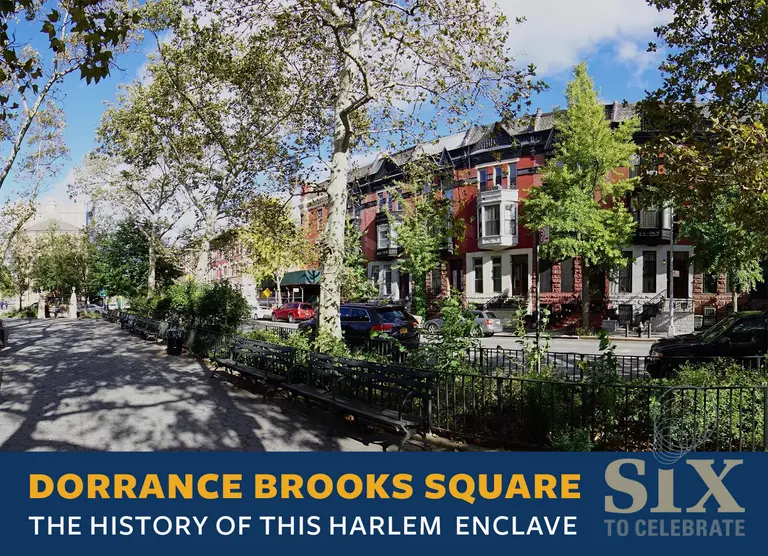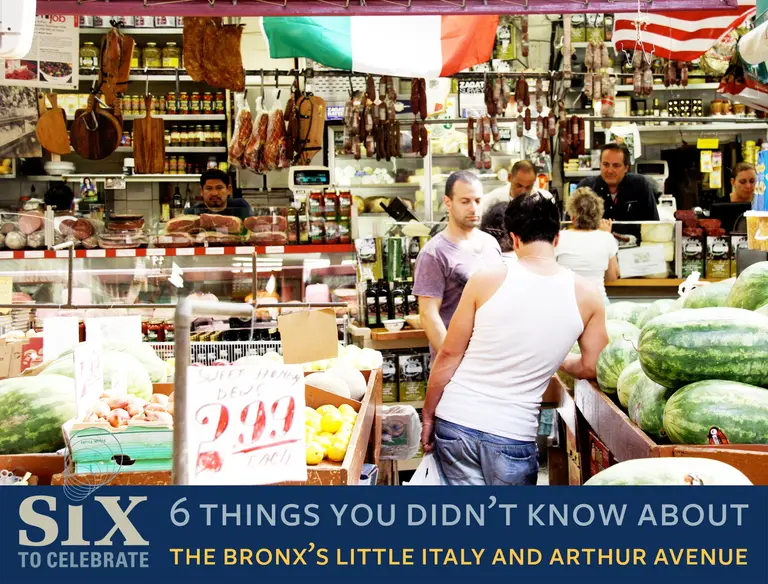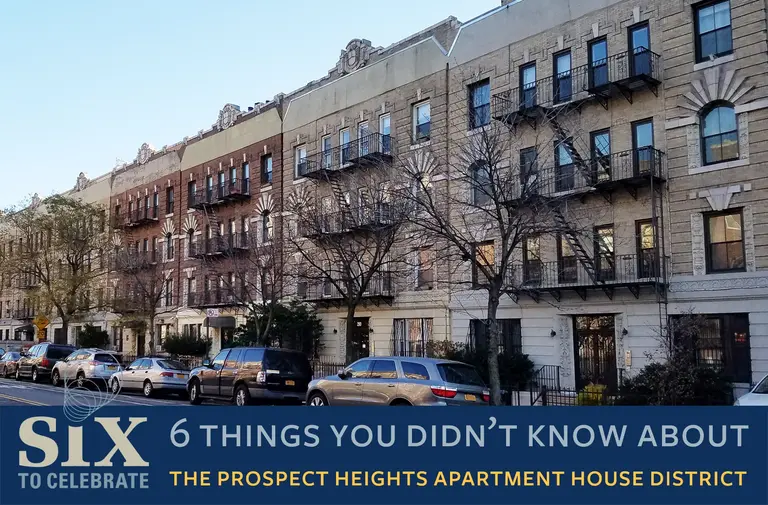April 9, 2018
This post is part of a series by the Historic Districts Council, exploring the groups selected for their Six to Celebrate program, New York’s only targeted citywide list of preservation priorities.
The Bronx's Belmont community can date its history all the way back to 1792, when French tobacconist Pierre Abraham Lorillard opened the Lorillard Snuff Mill as the first tobacco firm in the country, and possibly the world. European influences continued to proliferate in the area, and at the turn of the 19th century, flocks of Italian immigrants moved to Belmont to take jobs in the newly opened Botanical Gardens and Bronx Zoo. By 1913, the neighborhood was referred to as the Italian "colonies" in the Bronx.
Today, Belmont's main artery, Arthur Avenue, still thrives as a bustling Italian center, with countless restaurants, pastry shops, butchers, and more. But there's a lot more to Belmont than just spaghetti and cannoli. From the origins of a pasta shop's sign that's now featured on Broadway to a Neapolitan restaurant that was born in Cairo, Egypt, the Belmont BID shares six secrets of this saucy neighborhood.
Uncover the history ahead



